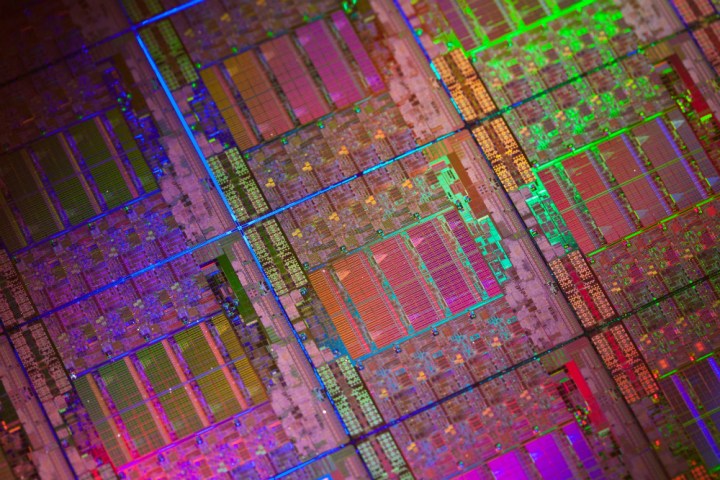Tachyum has just announced the Prodigy T16128 Universal Processor, a CPU that comes with 128 cores and a whole lot of computing power.
Although you won’t be able to install it inside your desktop PC, it may be a serious competitor for Intel in the high-performance computing (HPC) arena.

The specifications of Tachyum’s Prodigy CPU are truly mind-boggling. The flagship variant comes with 128 64-bit CPU cores that can hit speeds of up to 5.7GHz. It also comes with 16 DDR5 memory controllers and 64 PCIe 5.0 lanes. As can be seen from the specs, this is a processor you may find in places that require high-performance computing.
According to Tachyum, Prodigy is the first “universal processor” in the world. It can tackle A.I. and machine learning workloads alongside various other computing tasks, and we truly mean the most taxing tasks you can imagine — after all, it wasn’t made so monstrously powerful for nothing.
While it sounds impressive on paper, Intel and Nvidia both have their own HPC offerings that can do the job. But Tachyum seems convinced that it made something far better. It stands out by being an all-in-one kind of chip that can run all manner of tasks, but it’s a lot more power-conservative than its rivals and seems to have been produced at a much lower cost.
As reported by Tom’s Hardware, Tachyum promises to deliver performance that’s up to four times better than the Intel Xeon 8470 as well as triple the performance of Nvidia’s H100 in HPC workloads. This kind of performance is made possible by the chip’s innovative architecture.
Most server hardware made by Tachyum’s well-known competitors, such as Nvidia, Intel, and AMD, is focused on performing individual tasks with little overlap. Simply put, each little block has its own task, and data has to be transferred from one block to the next in order for everything to function. Tachyum took a different approach with the Prodigy and it will be capable of running all kinds of resource-heavy workloads within a single chip on individual cores.

The ability to multitask to such an extent without relying on other hardware is nothing short of impressive, and given the allegedly low pricing of the server chip, it could really break new ground and rival Intel processors in a major way. Toning down the power consumption in comparison to Intel also equals a lower cost to use Tachyum, not just to buy it. After all, this means that companies may be able to pack more of these chips, increasing their capabilities.
The top chip in the lineup is said to be able to perform 12 A.I. PetaFLOPs and 90 TeraFLOPs worth of HPC workloads. Tom’s Hardware compares this to Nvidia’s A100, and the results are undeniable — the A100 maxes out at 5 A.1. PetaFLOPs.
Tachyum Prodigy was built from scratch with matrix and vector processing capabilities. As a result, it can support an impressive range of different data types, such as FP64, FP32, BF16, FP8, and TF32. It also comes with 128MB of combined L2 and L3 cache. We know that it features a 5nm process node, but we do not know the source.
This beastly CPU range will also be available in a 64-core and 32-core variant, but the launch is not happening just yet. Production is set to begin in 2023.



